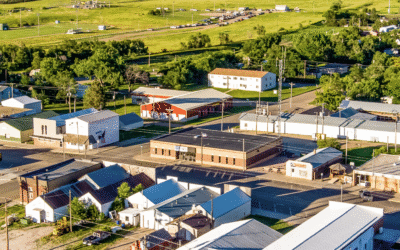5 steps to digitize your photos from the comfort of home
Digitizing your photos involves converting physical photos stored in photo albums into digital format. This way you can store, share, and preserve them more easily. To determine if digitizing photos suits your needs, visit Digitize photos to preserve precious lifetime memories.
Here are five basic steps to help you digitize your photos in the comfort of your home.
1. Choose a Scanner or Camera
A scanner is often the best option. They provide high-resolution scans and typically result in better image quality. If you don’t have access to a scanner, you can use a digital camera or a smartphone by downloading an accessible app, such as Photomyne, Microsoft Lens, SlideScan, or Google Photoscan. To gain a better understanding of which choice may be best for you, read Scan or snap? Which is the best way to digitize and preserve photos?
2. Prepare Photos
Make sure you’ve made a pit stop at your attic or in your basement for any missed photos. Remove any dust or debris from the photos. Then arrange them in the order you want to digitize them.
3. Scan or Photograph
If you’re using a scanner, place the photo face down on the scanner bed. Then align it squarely and follow the scanner’s instructions to scan your photo.
If you’re using a camera or a smartphone, place the photos on a clean, well-lit surface. Make sure your device is level with the photo to avoid distortion. Making sure it’s in focus, snap your photo.
TIPS: Using a white background may help reduce shadows. Also, remember that resolution settings for scanning have influence on the photo outcome. ScanCafe recommends digital scans to at least be 600 DPI for standard quality and 1200 DPI for high-quality resolution.
4. Edit
Whether you’ve photographed or scanned your pictures, using software like Adobe Photoshop or smartphone apps will allow you to crop your images. You can also use retouching tools to remove scratches, dust, or other imperfections. Popular apps for Android and iOS users include Snapseed, Adobe Lightroom Photo Editor, and Pixlr.
5. Save and Share
Assign each digitized photo a descriptive file name, including dates, locations, or names if you prefer. Save them somewhere secure, such as your Google Drive or hard drive, or use a service like FOREVER’s permanent cloud storage.
After completing all five steps, you are ready to share your digitized photos with family and friends or simply enjoy your memories in a digital format.
Sources: ExpertPhotography, The New York Times, CNN, TechRadar
Golden West does not endorse any product or service it does not sell.




